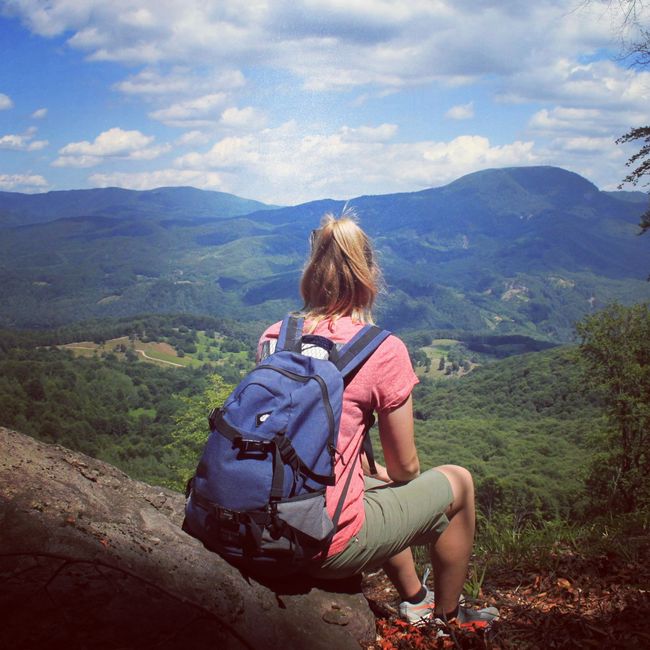First stop: Bucharest
Ishicilelwe: 12.08.2019
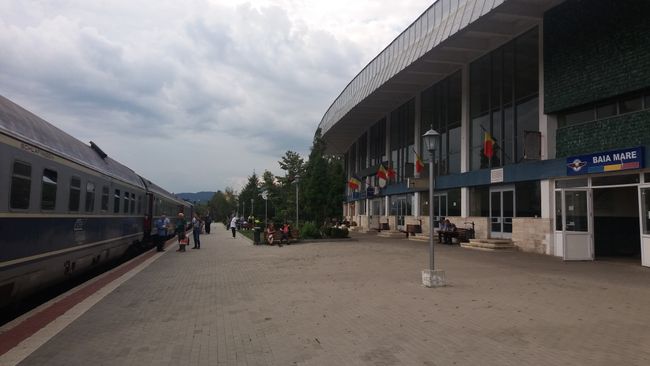
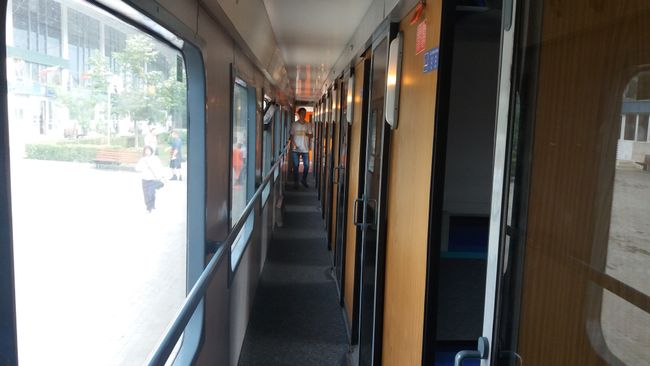
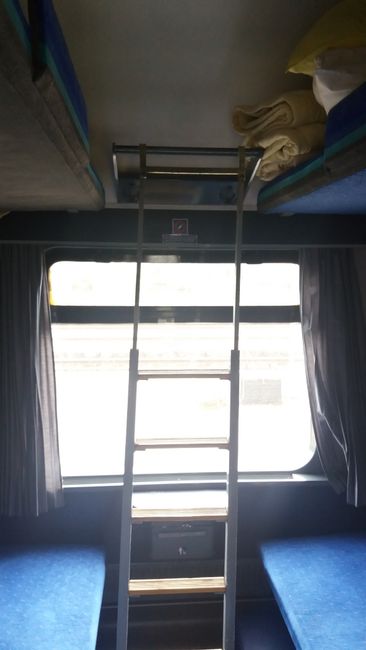
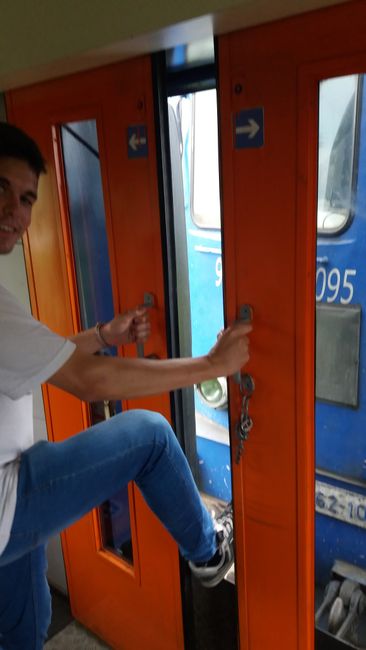
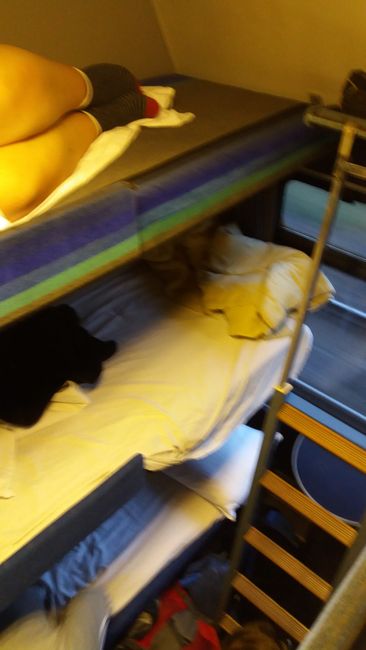
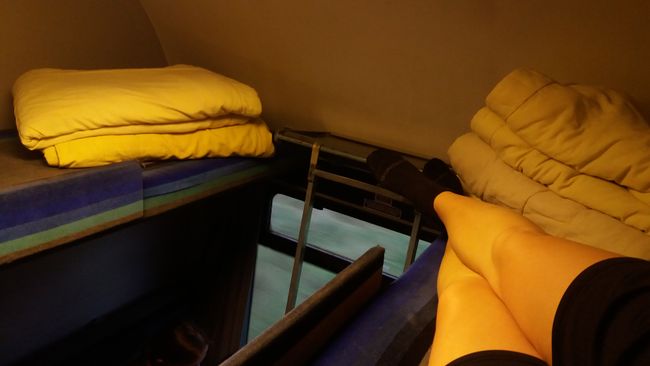

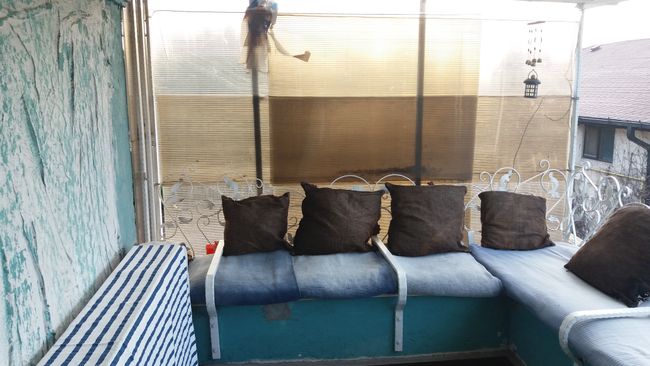
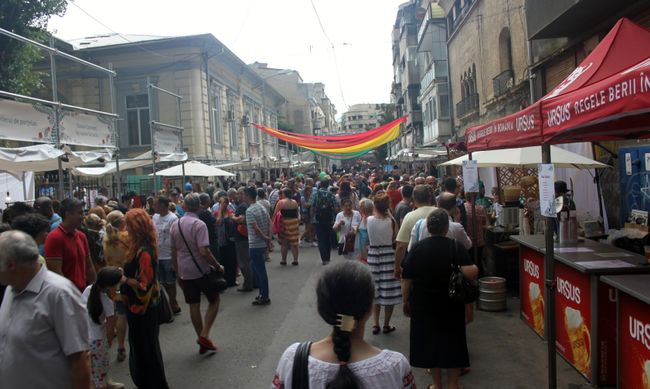
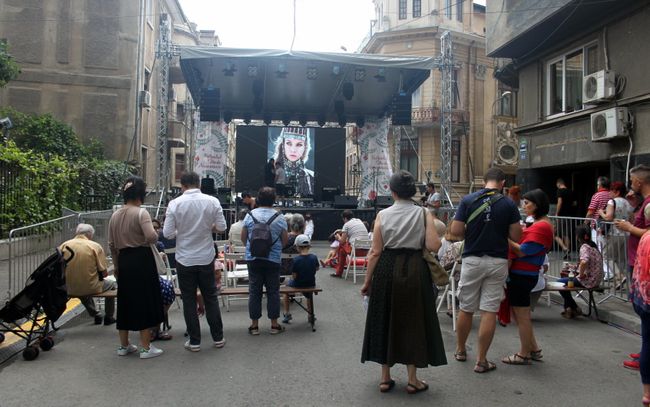
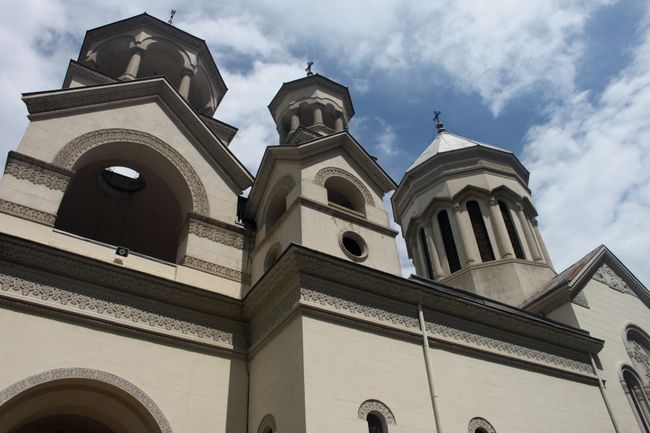
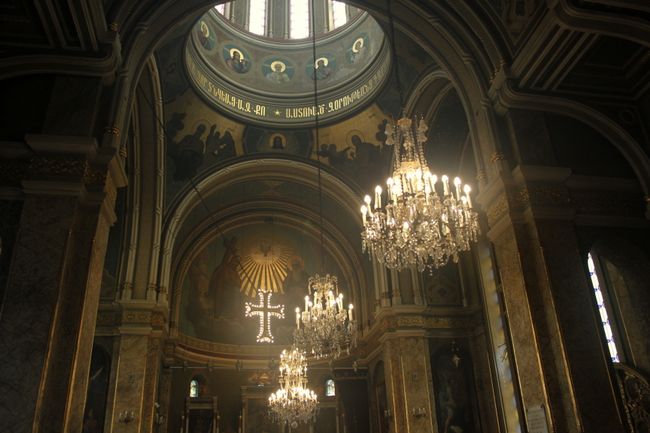
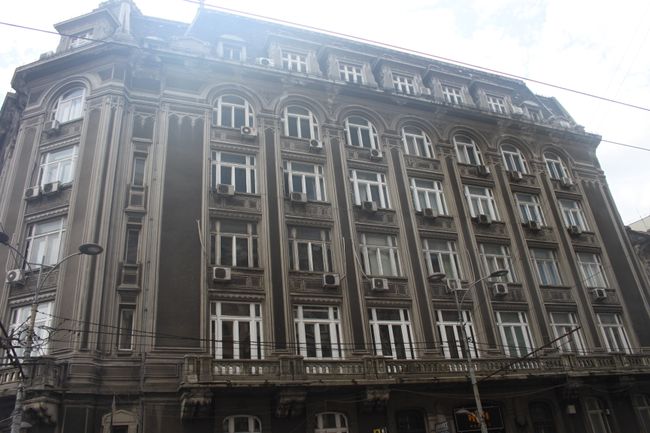
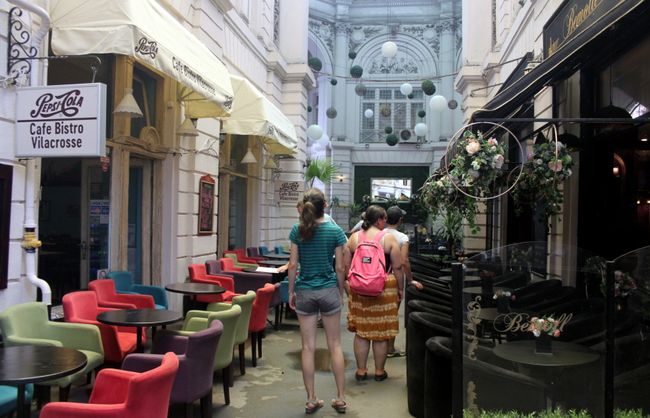
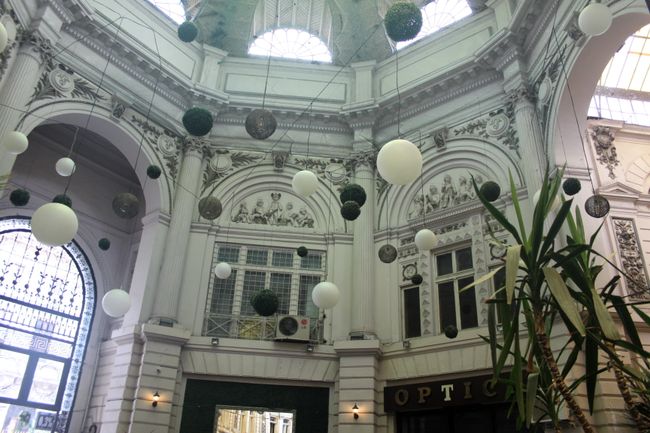
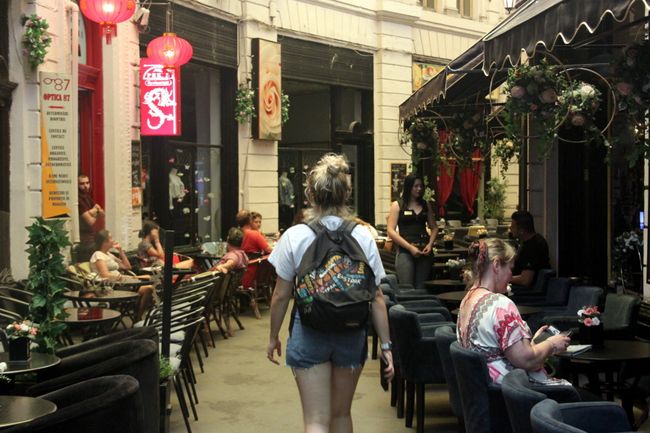
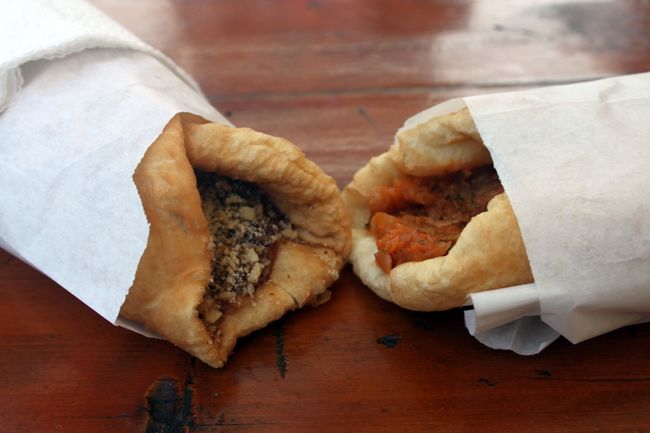
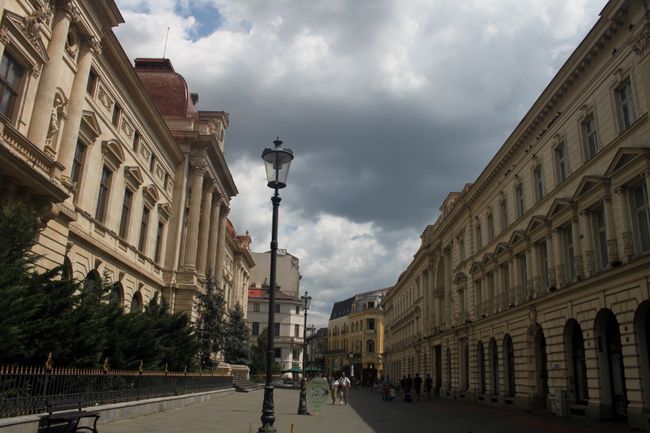
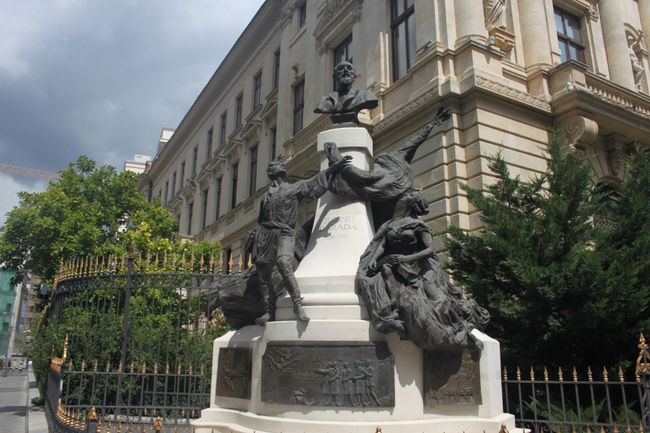
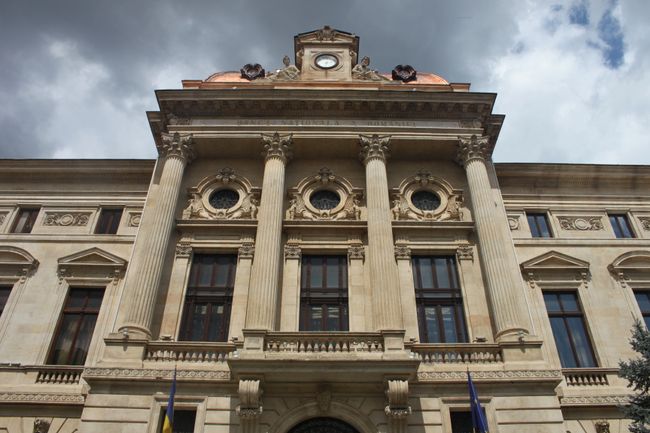
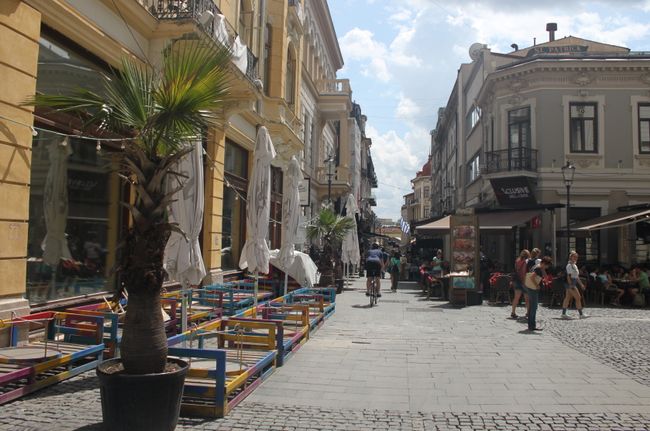
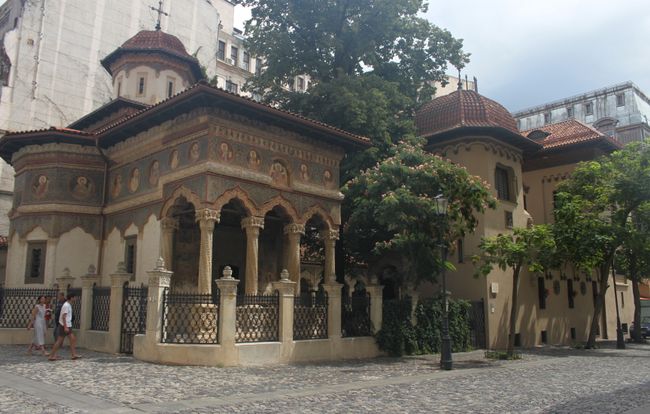

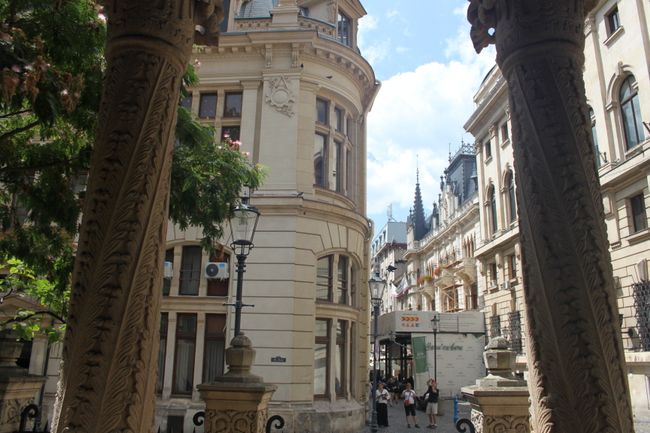
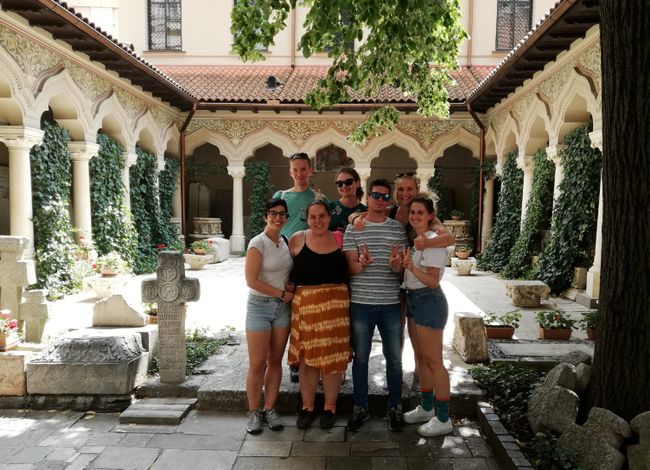
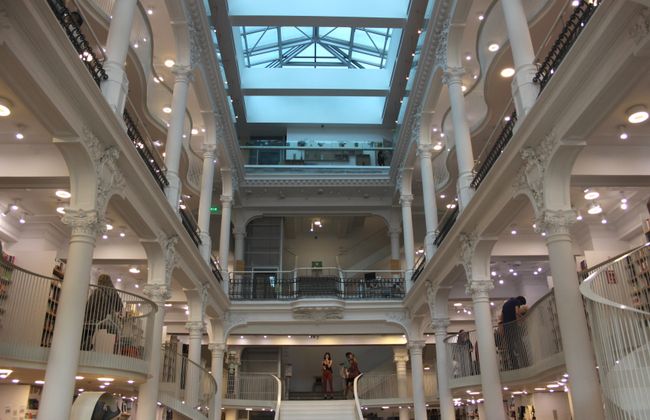
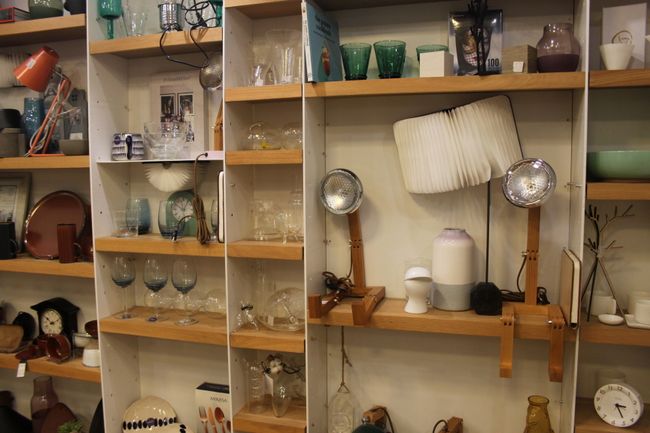
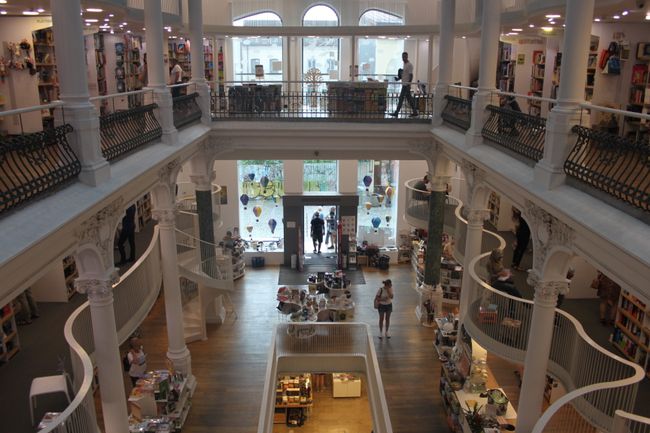
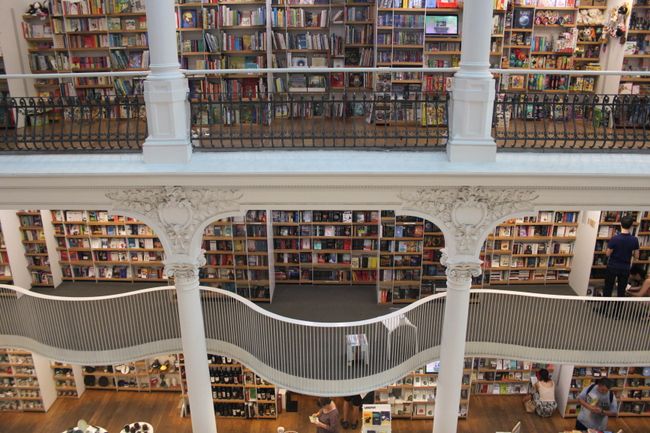
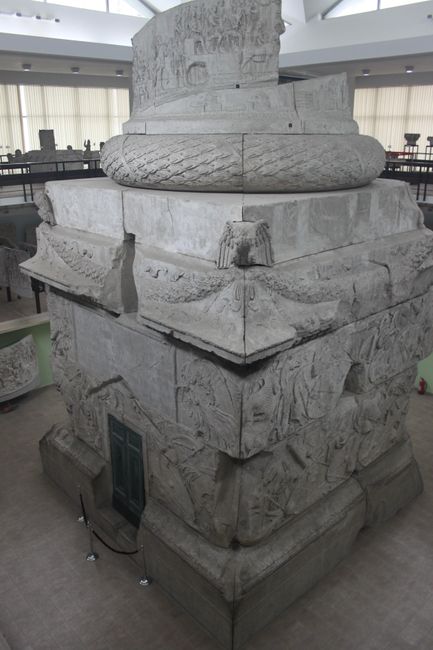
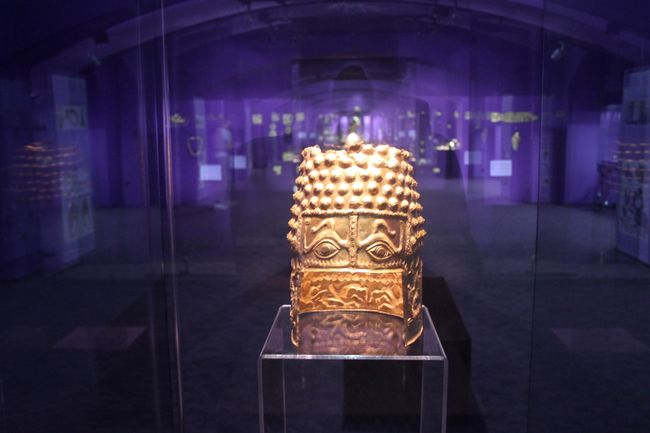
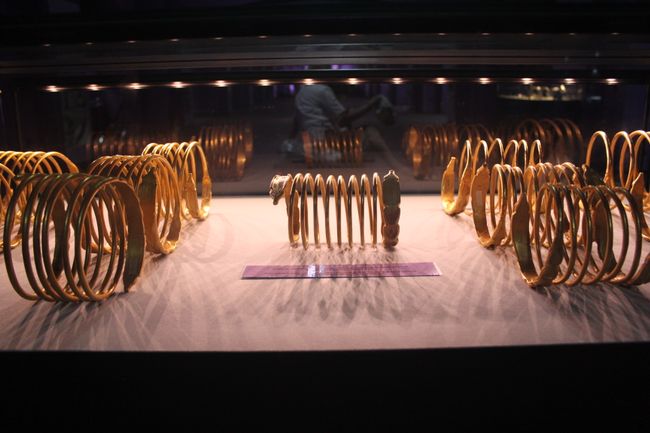
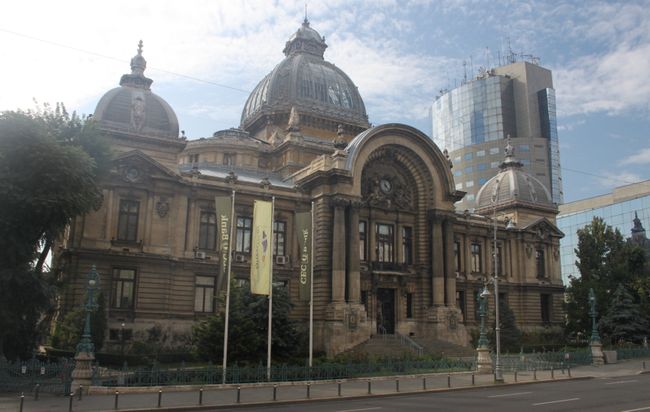
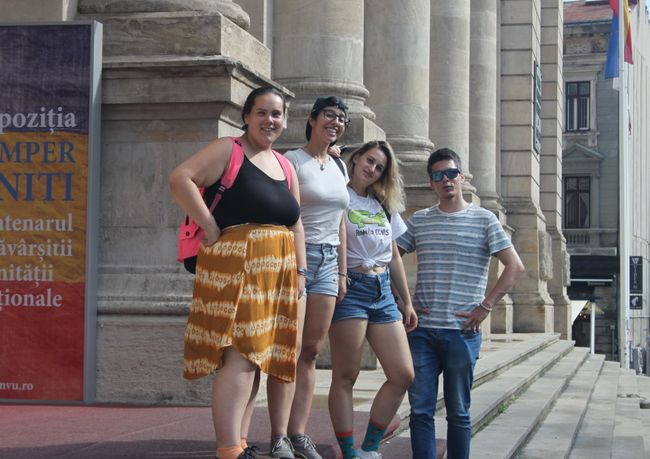
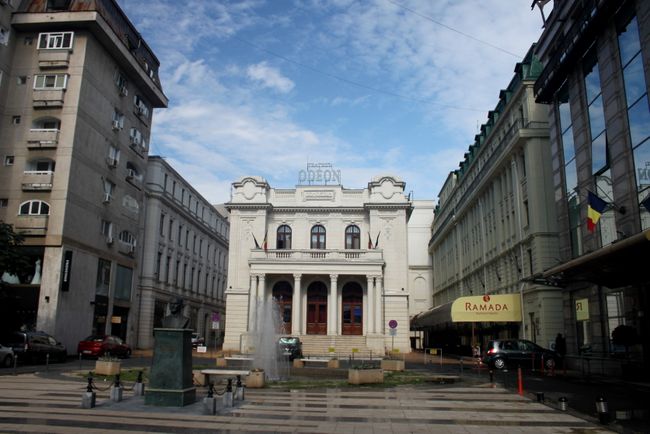
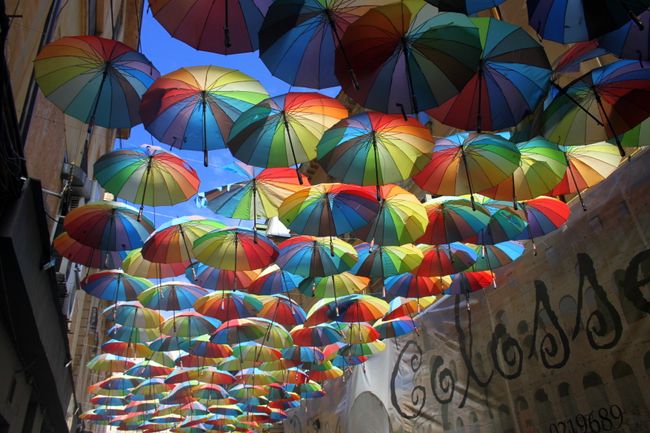
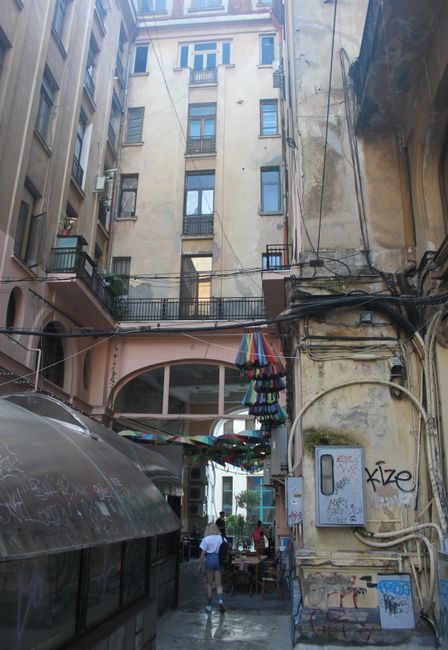
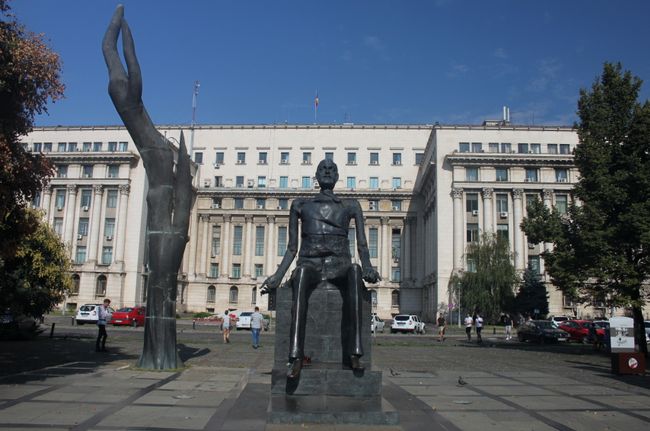
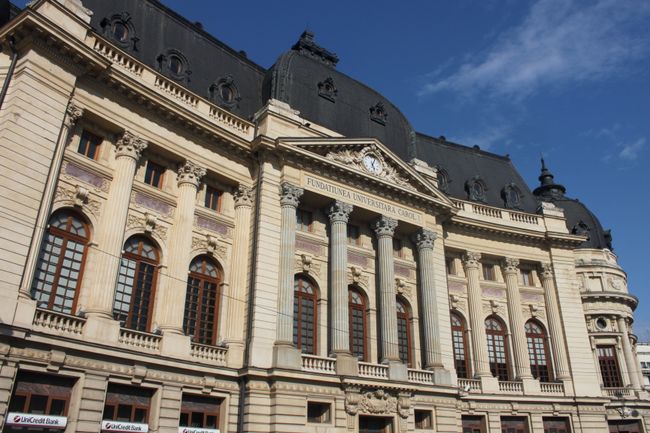
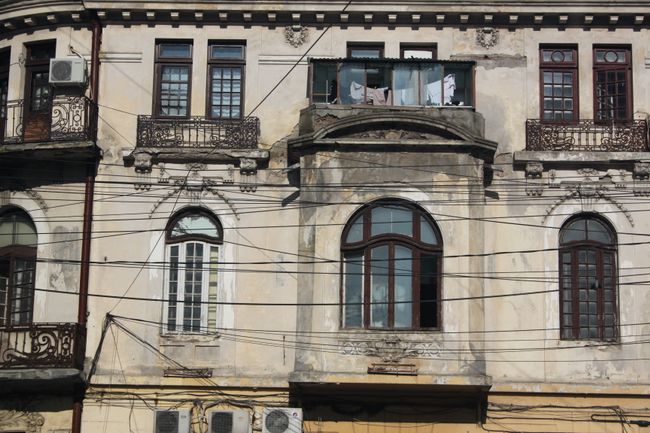
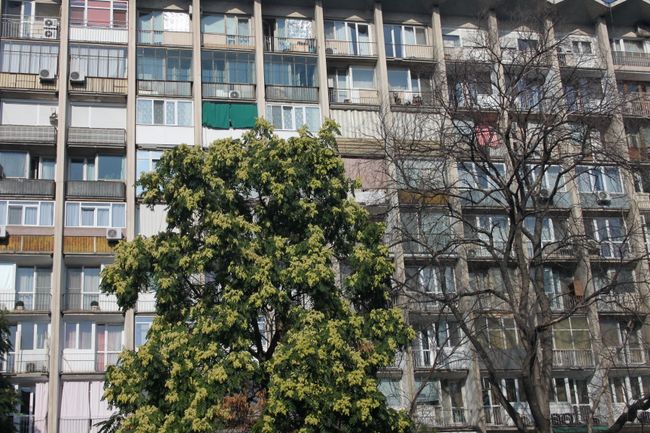
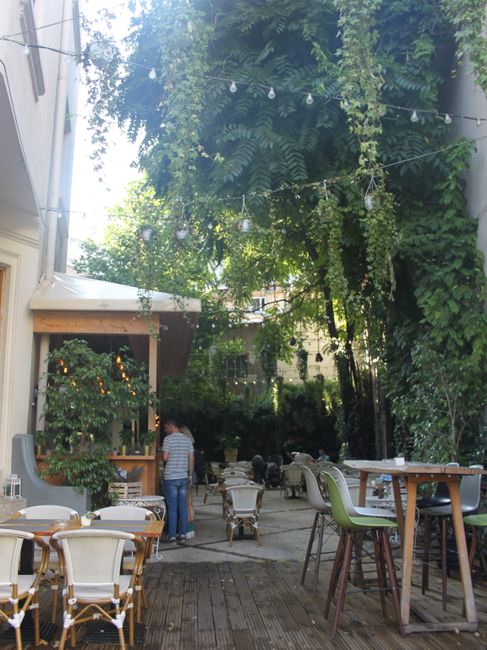
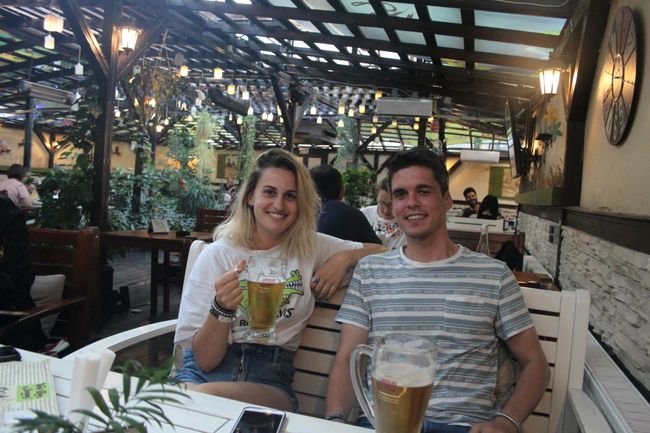
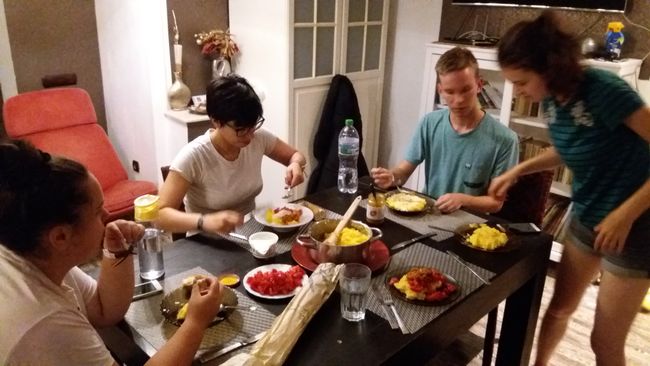
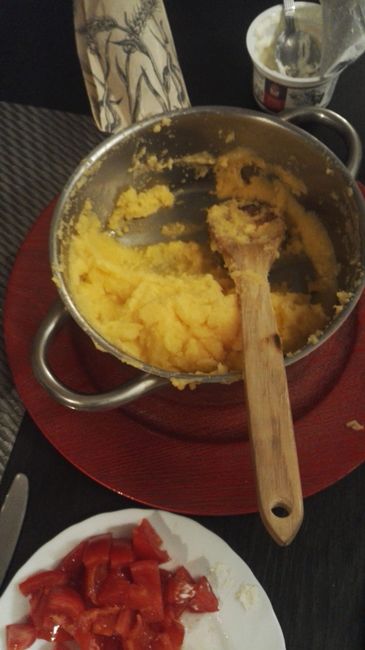
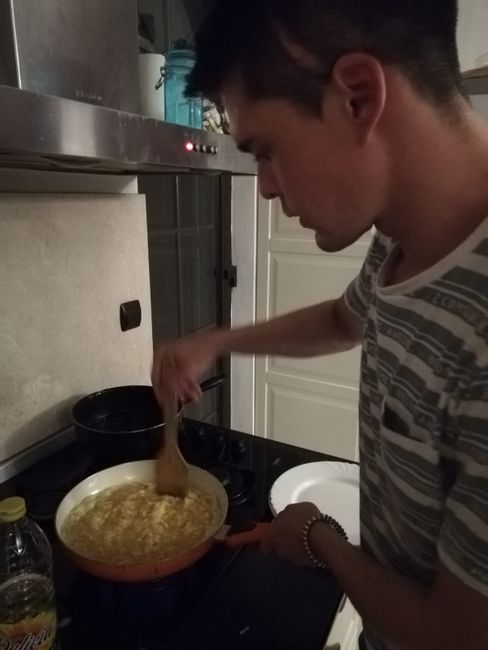
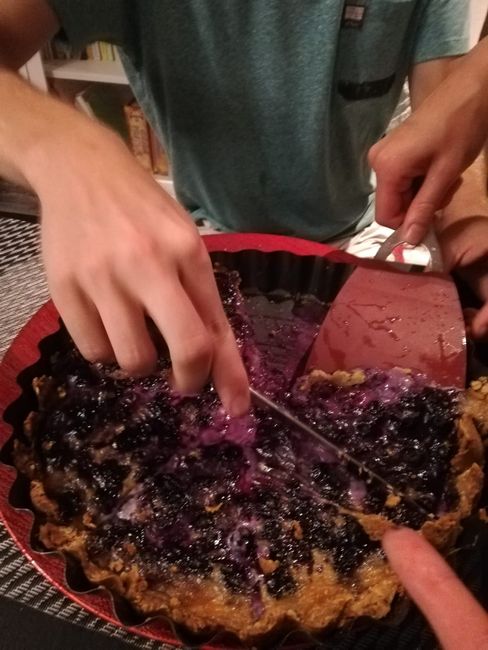
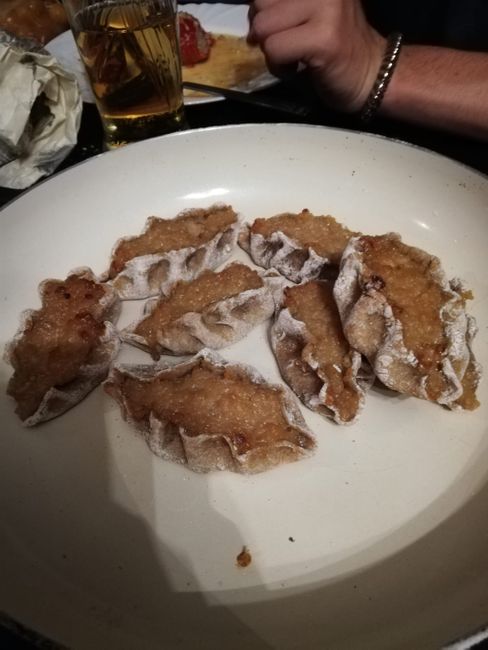
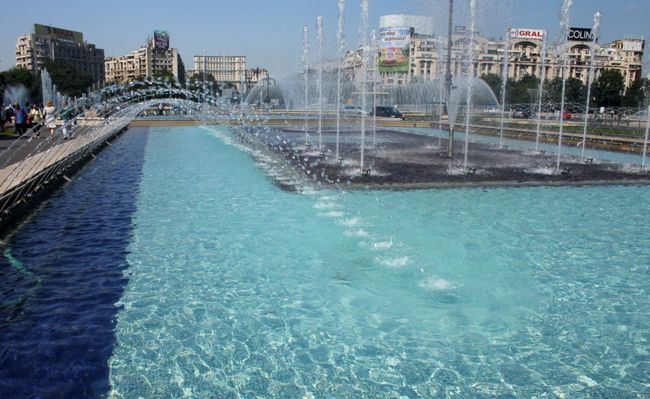
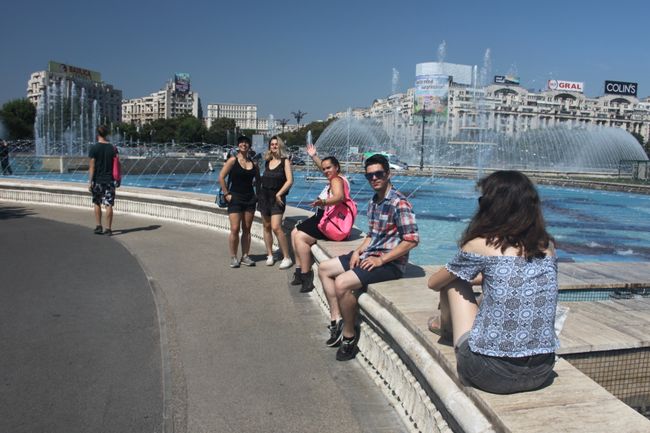
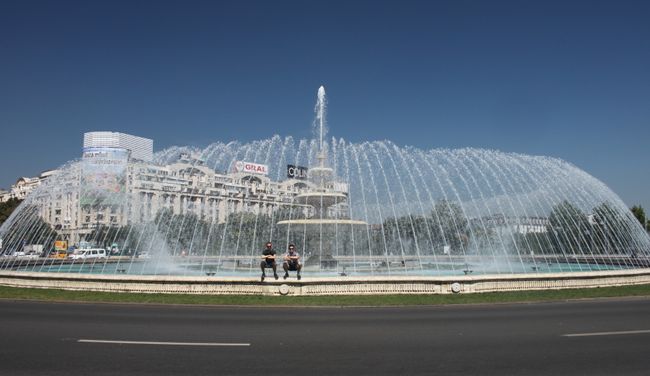
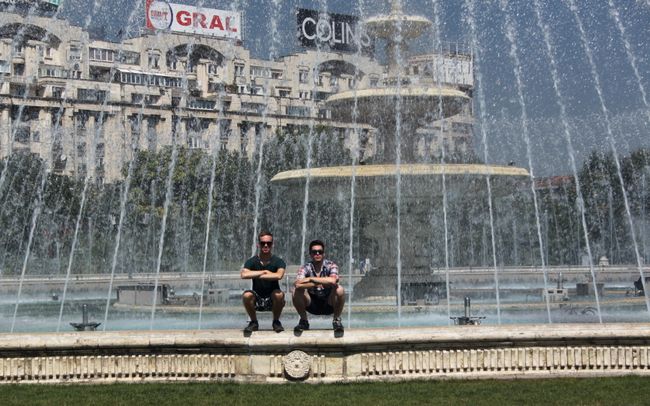
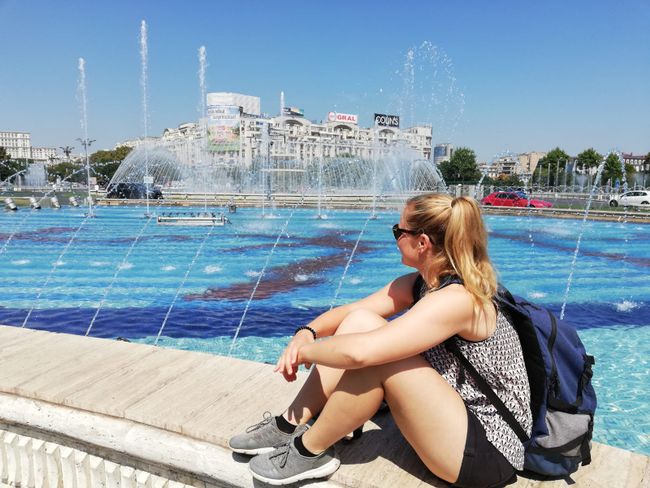
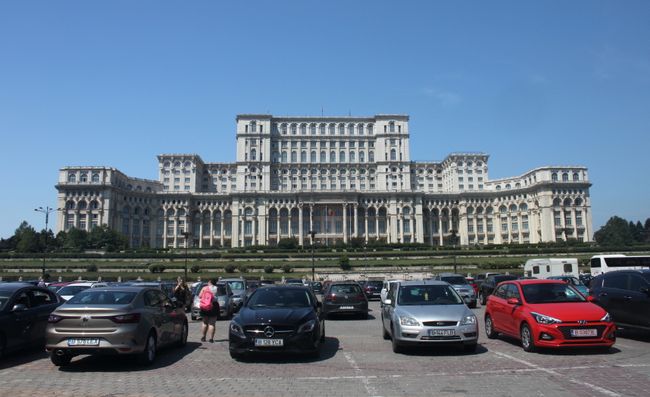
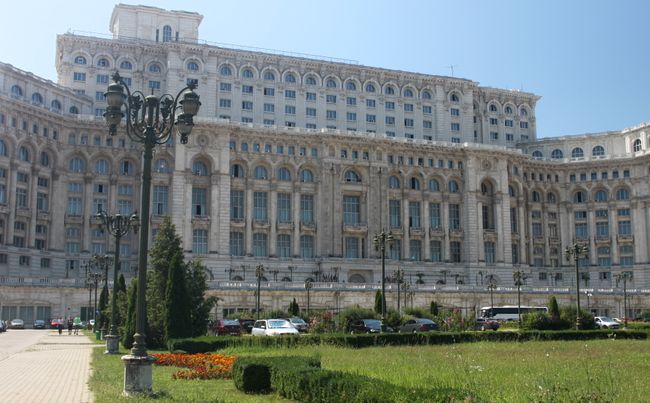
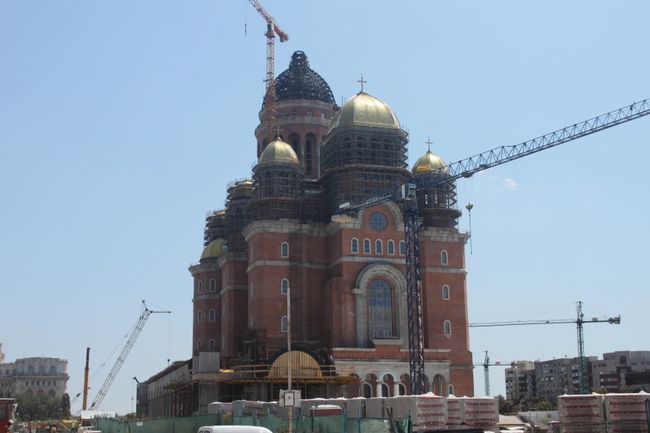
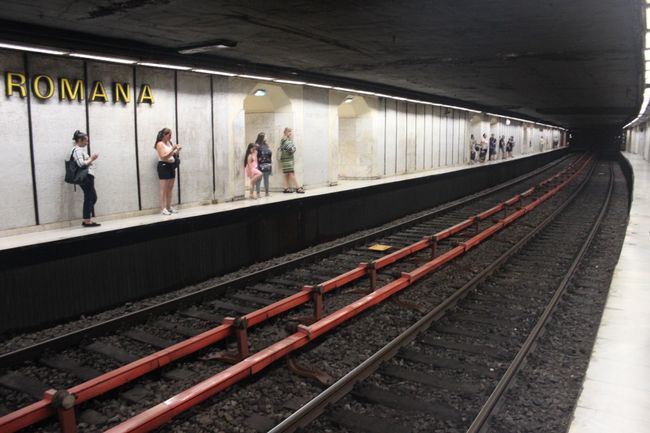
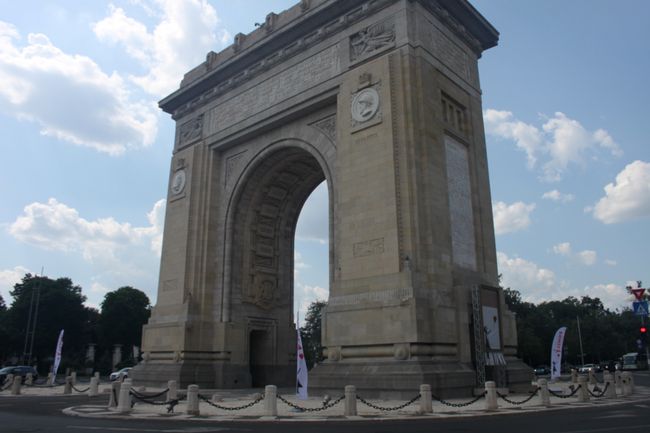
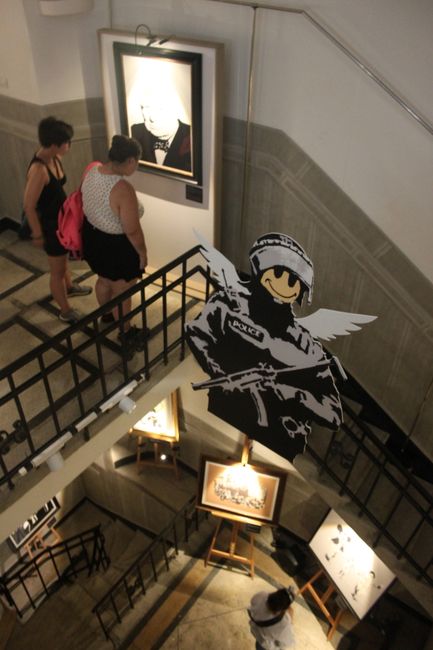
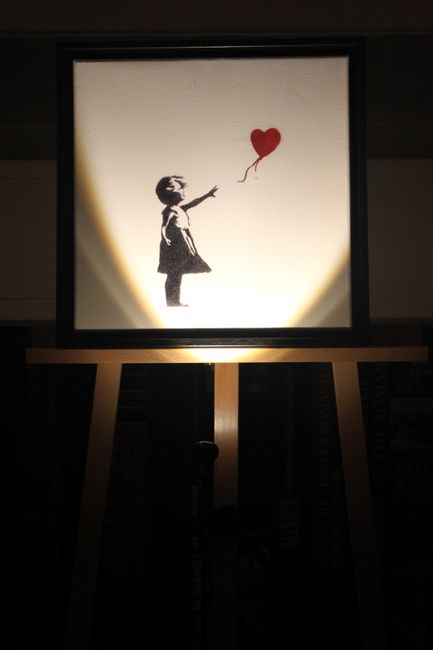
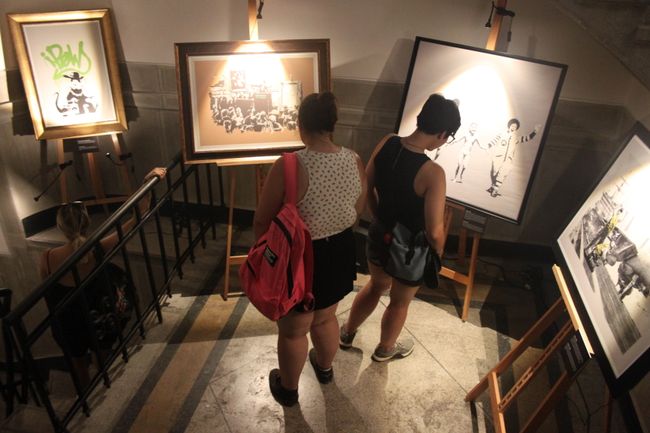
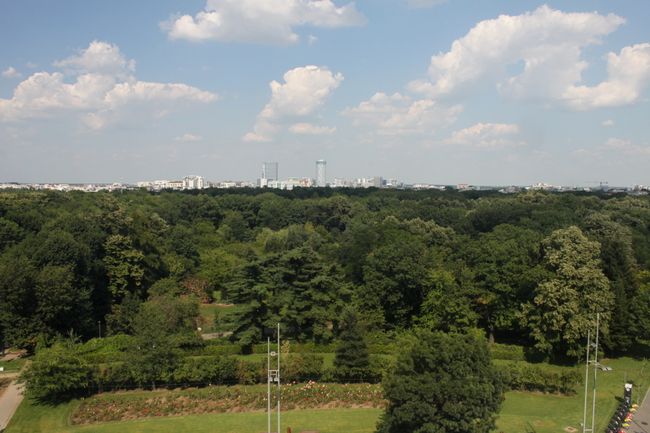
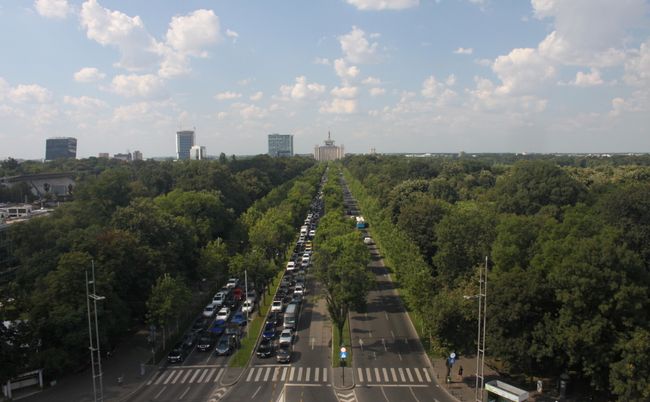
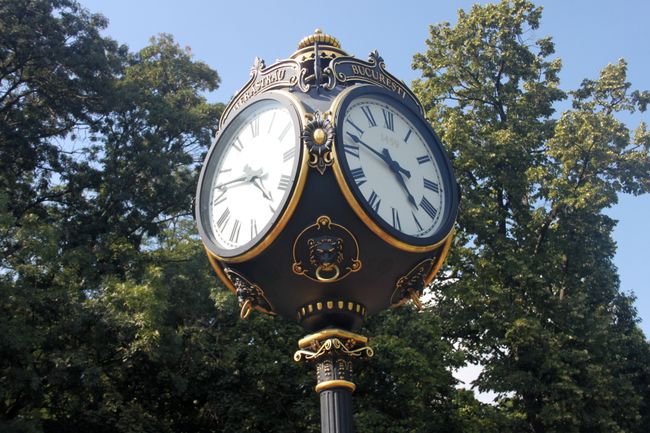
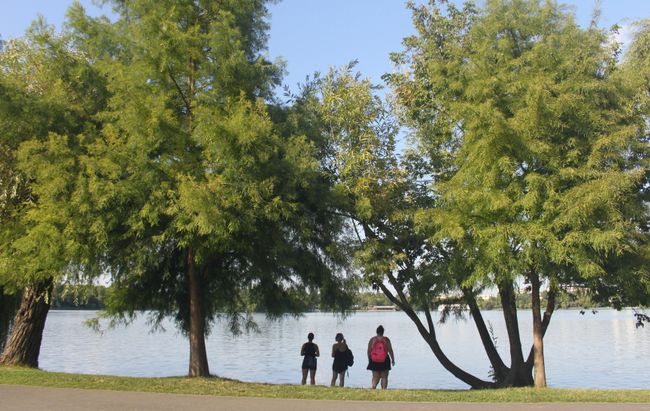
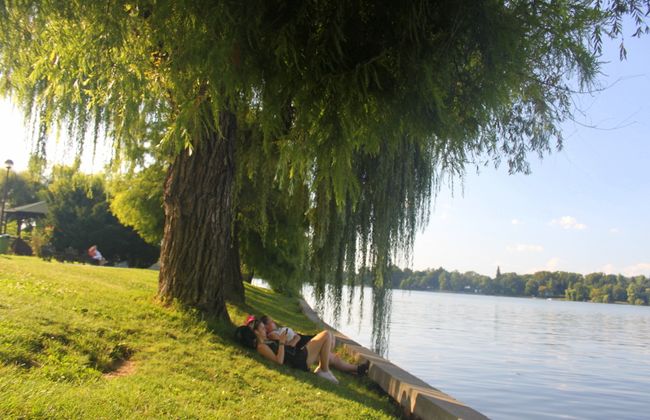
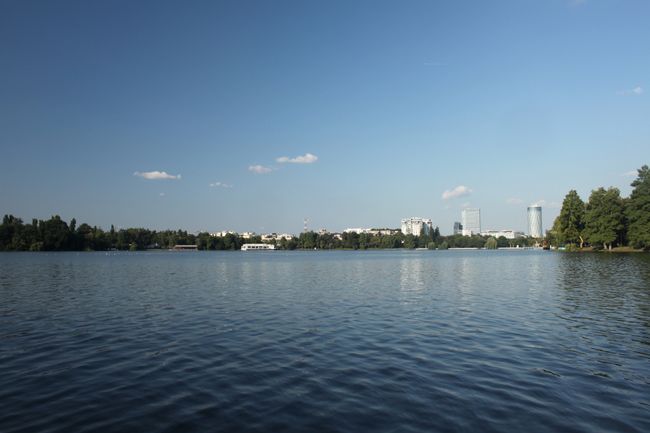
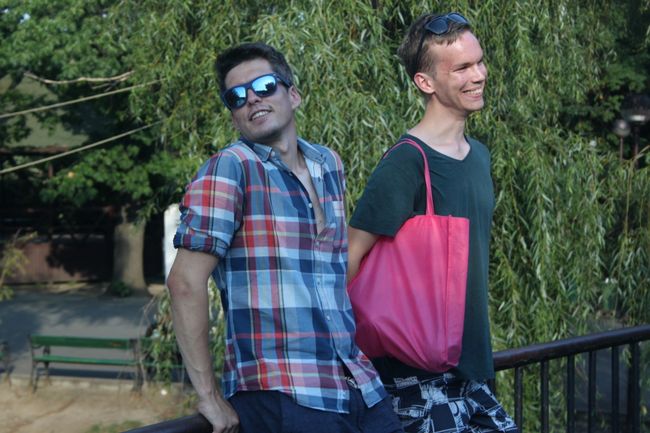
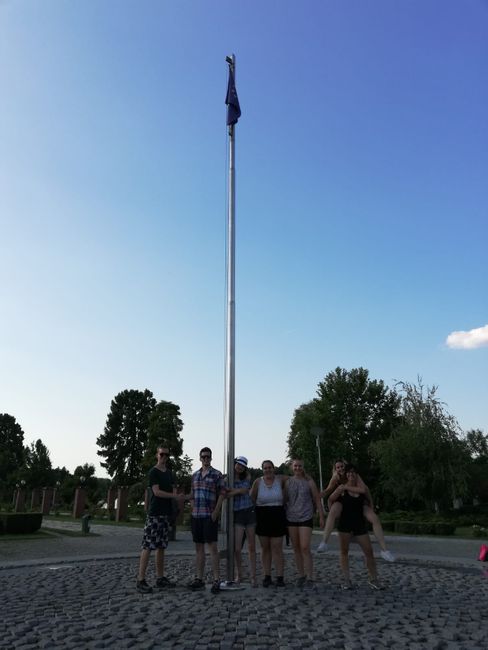
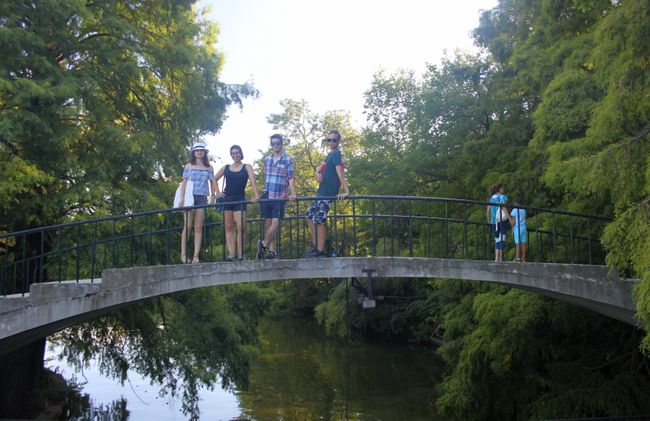
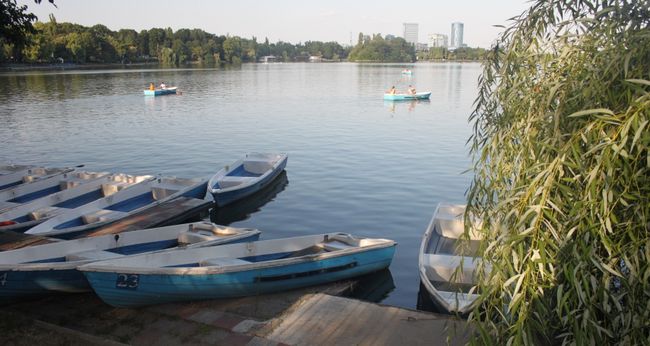

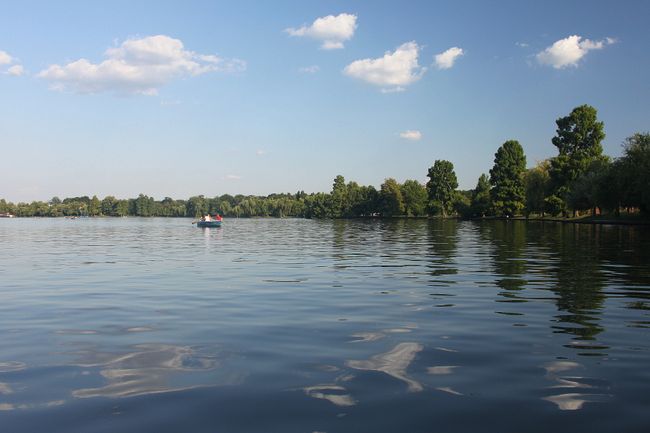
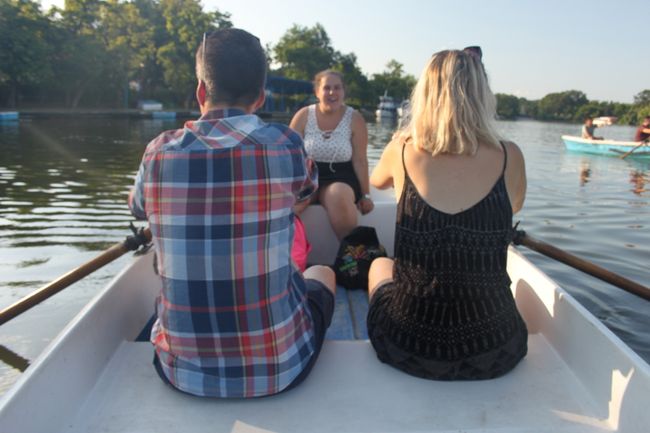
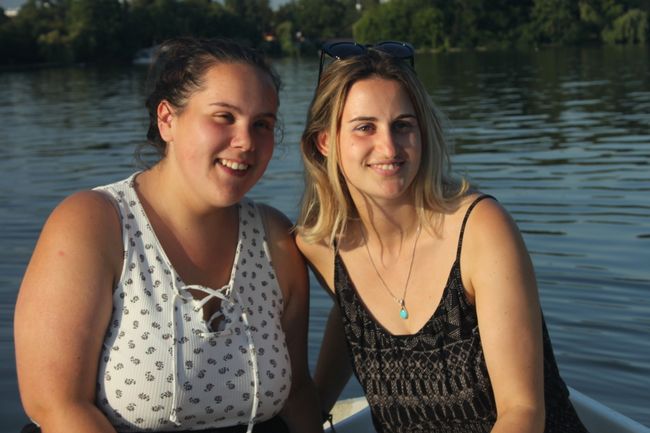
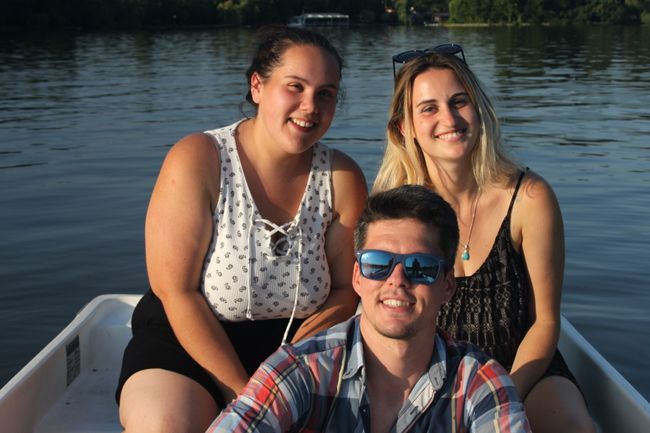
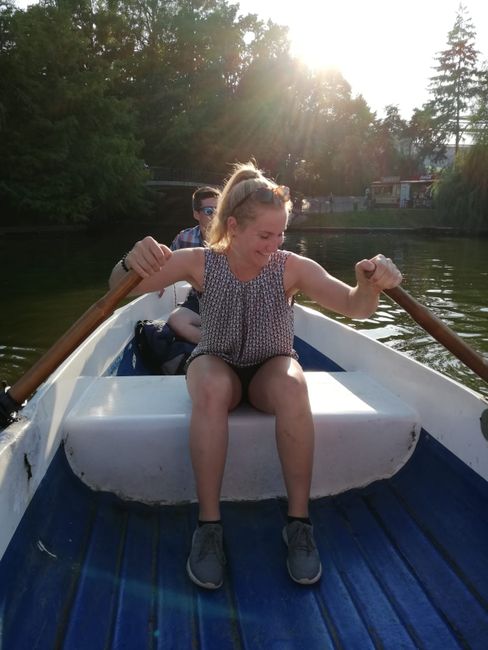
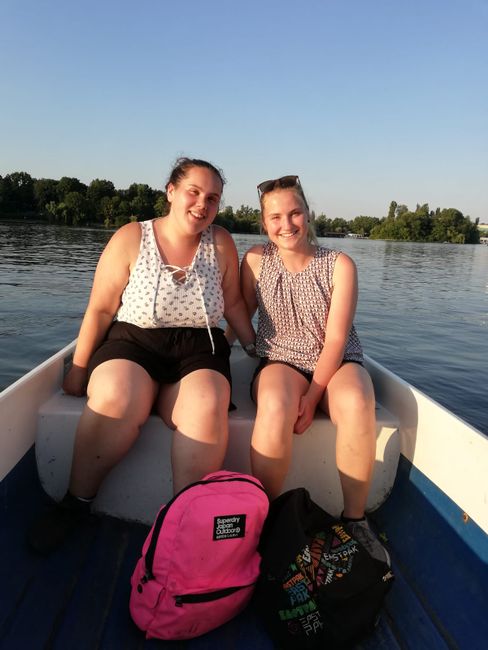
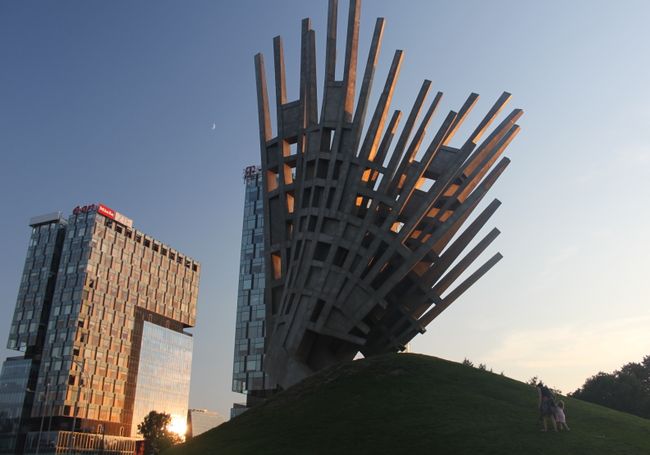
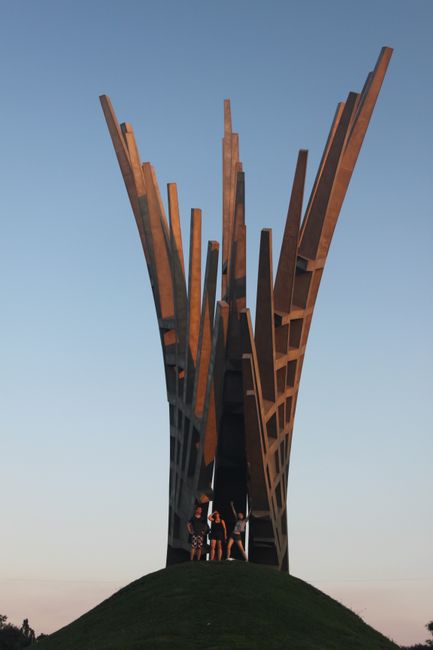
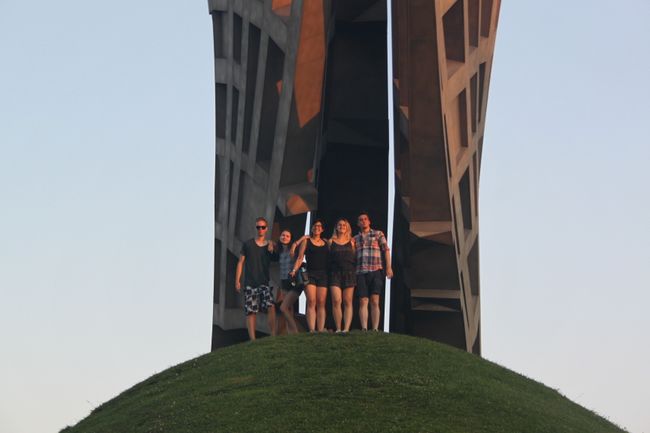
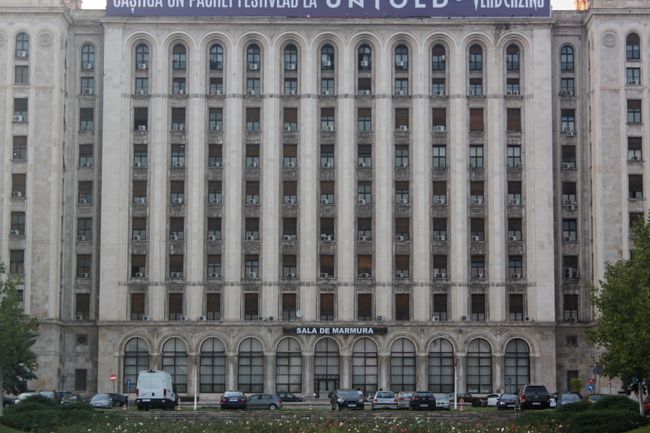
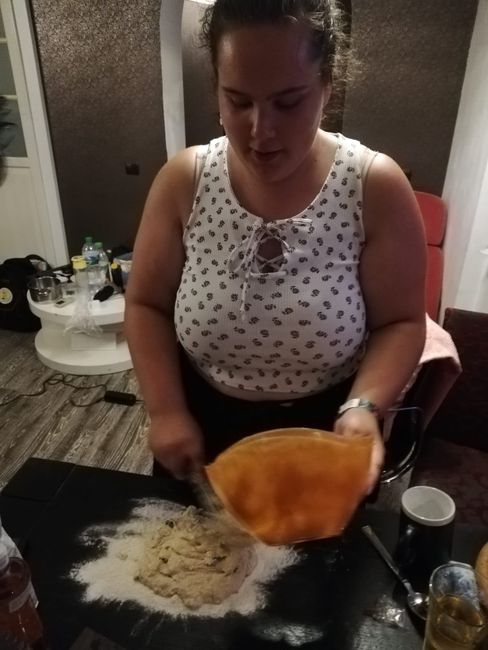
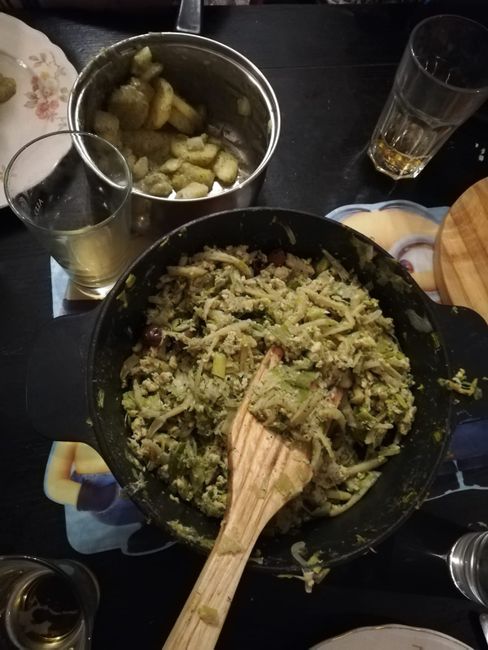
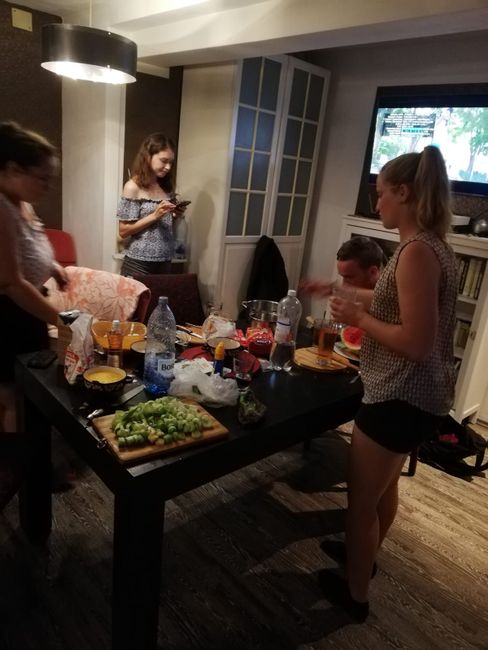
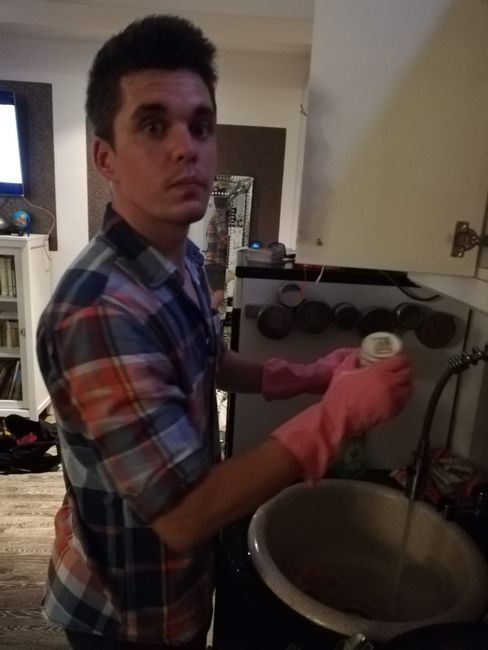
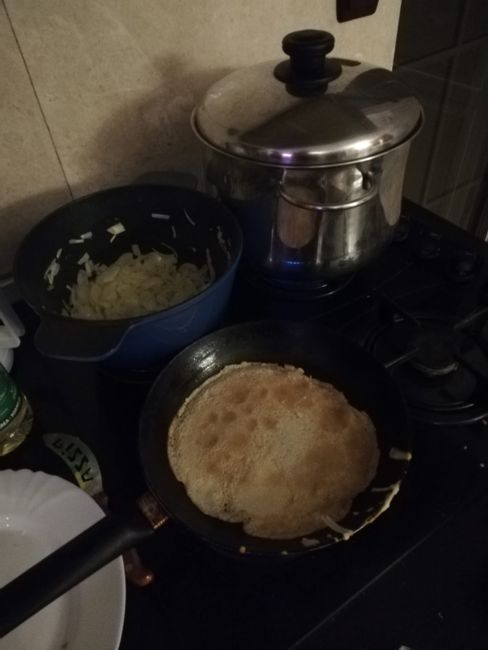
Bhalisela i-Newsletter
After a truly beautiful and eventful time in Baia Mare, we continued to Bucharest. We took the night train for about twelve adventurous hours to the capital of Romania. You definitely couldn't have fear of confined spaces or heights in the six-person sleeping compartments.
After arriving in Bucharest and resting at our accommodation, we first went to a cultural festival before exploring the city center. After lunch, we visited a bookstore (a must for professional Instagrammers :P), the Stavropoleos Monastery, and the National Museum of Romanian History. The museum houses Romanian crown jewels as well as relics from the Bronze Age in the lapidarium and offers a life-size replica of Trajan's Column from Rome. Finally, we went to the Palace of the Ministry of Internal Affairs, which was taken over by the Central Committee of the Romanian Communist Party from 1958-1989 and where some significant historical events took place on its balcony. The Ministry of Internal Affairs is now represented there again. After a pit stop to quench our thirst, we returned to our accommodation and cooked an international dinner consisting of Mămăligă, Tortilla de patatas, blueberry pie, and Finnish Karelian pasties.
On the third day, we visited the Palace of the Parliament, one of the largest buildings in the world in terms of floor area. Today it is the seat of the Romanian Chamber of Deputies. The building was constructed from 1983 to 1989 according to the vision of the dictatorially ruling Romanian President Nicolae Ceaușescu. To make room for the palace, historic residential buildings with around 40,000 apartments, a dozen churches, and three synagogues were partially demolished in the late 1970s, and parts of the old town were forcibly evacuated. A workforce of around 20,000 people built the palace in three shifts. Initially, the building was called Casa Poporului ('House of the People'). The locals mockingly referred to it as the 'House of the Victory over the People'. After the Romanian Revolution and the execution of the President, a heated discussion took place about the use of the palace, and the decision was made to continue using the building and to rename it 'Palace of the Parliament'. And as if that wasn't enough, we explored the next major project behind the palace: the Cathedral of the Salvation of the Romanian People. The Romanian Orthodox Church, which is still under construction, is intended to be one of the largest Orthodox churches in the world. The construction is highly controversial because the government is contributing to the costs, but at the same time, it is closing down hospitals one after another. After lunch, we visited the Arcul de Triumf, a triumphal arch erected in honor of the victory in World War I, inspired by the Arc de Triomphe de l'Étoile in Paris. There, we visited an exhibition by the internationally renowned street artist 'Banksy'. After a leisurely boat tour, we made a detour to Casa Presei Libere ('House of the Free Press'). The building was built in the style of socialist classicism and named Casa Scînteii after the Romanian Communist Party newspaper Scînteia and housed its editorial offices as well as other newspaper editorial offices. After the Romanian Revolution, the building served as the editorial building for several Romanian newspaper publishers. In front of the building is the Aripi ('Wings') monument, which is intended to commemorate the victims of the anti-communist resistance in Romania and Bessarabia between 1945 and 1989. Then we ended the evening with another international dinner. This time we had Swabian potato salad, Portuguese ceviche, Irish bread, and French crepes.
Bhalisela i-Newsletter
Phendula

